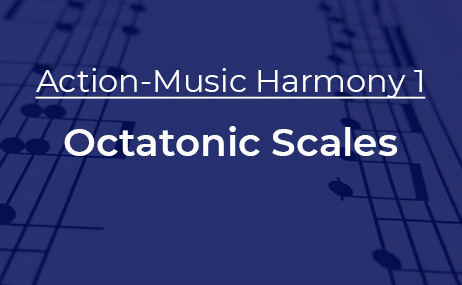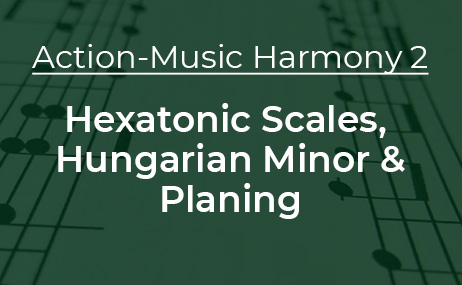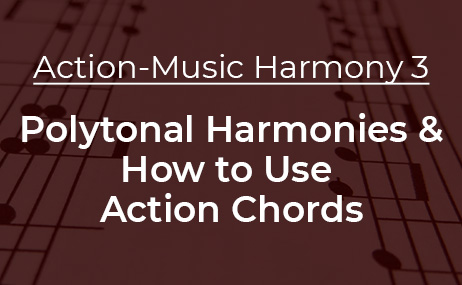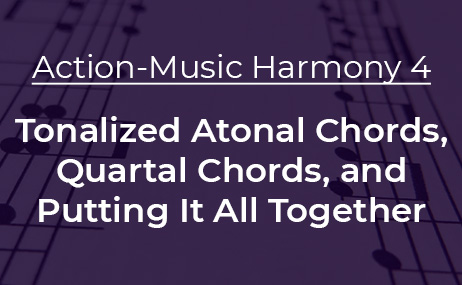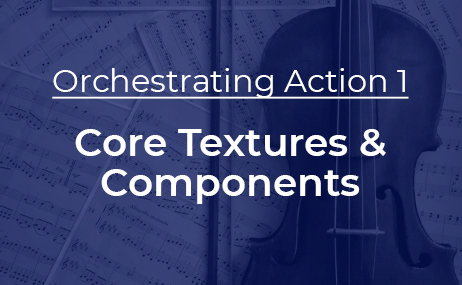
Course Content
- How to Analyze Orchestral Textures
- Texture Components
- Texture Families & Individual Textures
- Additional Components
- Neutral Battle/Chase Textures
- Family Features
- Intensifying with Punctuations
- Intensifying with Held Notes
- Flourishes for Flying
- Adding a Theme or Melody
- Composition 1
- Large or Powerful Enemy
- Family Features
- Frightening Flourishes
- Adding a Theme or Melody
- Flourishes for Battle Chaos
- Intensifying with Atonal Held Notes
- Composition 2
- Trouble Approaches
- Family Features
- Intensifying with Timpani Punctuations
- Intensifying with Punctuations
- Longer Passages with Held Notes, Themes, or Melodies
- Composition 3
- Preparing for Battle
- Family Features
- Counterpoint for Complex Preparations
- Irregular Punctuations for Working Together
- Composition 4
Write with nearly two dozen common orchestral textures in classic action style. Start by learning the five types of action texture components, and how the motor – the rhythmic engine of an action texture – can take on different meanings depending on its rhythm, instrumentation, register, and harmony. A central concept in the course is that motors that are similar in these ways tend to be used for similar situations. A similar motor defines a broad texture family, of which we study four in this course:
- Neutral Battle/Chase
- Large or Powerful Enemy
- Trouble Approaches
- Preparing for Battle
We learn several standard textures in each family, each of which has typical options for orchestrating its motor and other components. Fine-tune the texture’s meaning with any of eight additional components that have standard meanings. Sample compositions are provided for each of the texture families.
The course comes with a set of composition exercises that are in MIDI format for DAWs, MusicXML for notation software, and PDF for pencil and paper. You can also get feedback directly from the instructor by posting your answers in the site forums. And review content quickly and easily with the Quick References section.
Join Our Mailing List
Receive an email when a new course or blog post becomes available.
By subscribing, you agree with our Privacy Policy.
